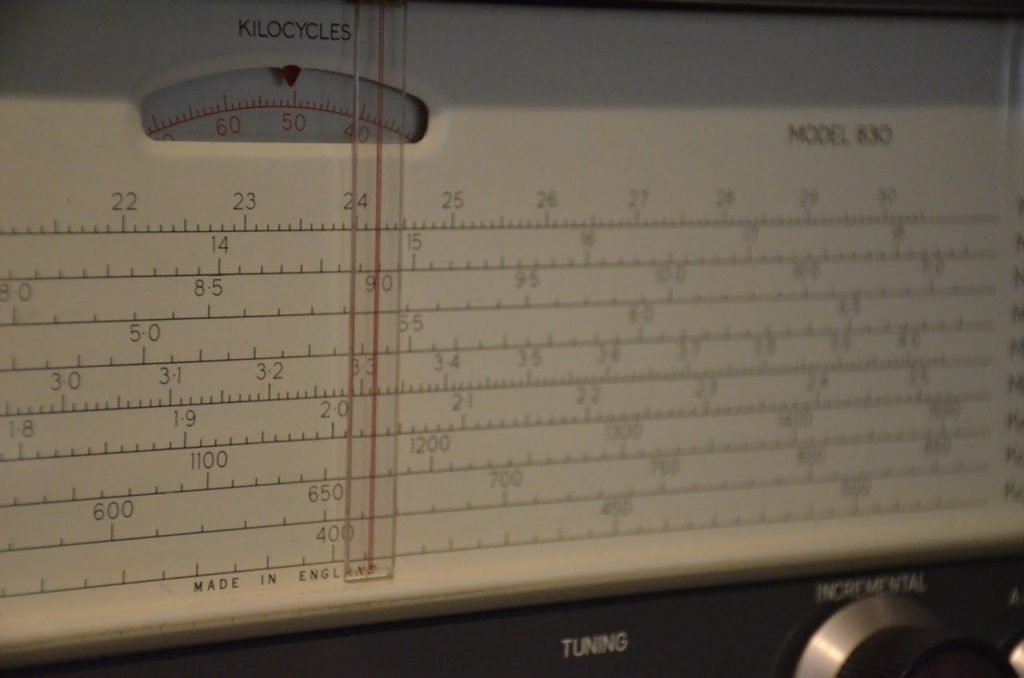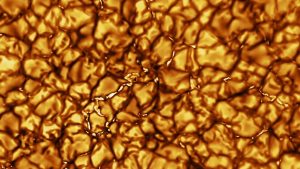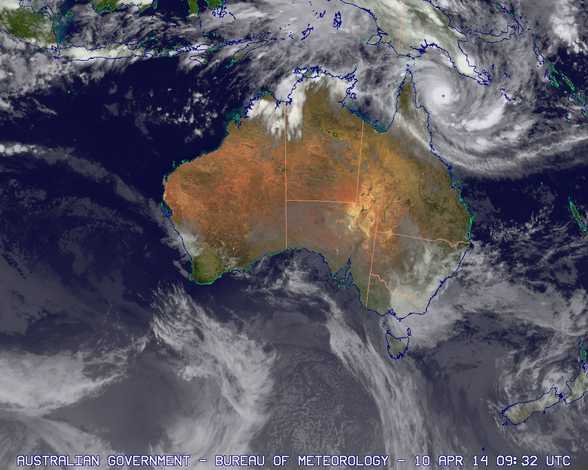Radio Waves: Stories Making Waves in the World of Radio
Because I keep my ear to the waves, as well as receive many tips from others who do the same, I find myself privy to radio-related stories that might interest SWLing Post readers. To that end: Welcome to the SWLing Post’s Radio Waves, a collection of links to interesting stories making waves in the world of radio. Enjoy!
Many thanks to SWLing Post contributors, Paul Evans, Troy Riedel, Michael Bird, and Marty for the following tips:
Sun’s surface seen in remarkable new detail (BBC News)
Behold the Sun’s convulsing surface at a level of detail never seen before.
The Daniel K Inouye Solar Telescope on Hawaii has released pictures that show features as small as 30km across.
This is remarkable when set against the scale of our star, which has a diameter of about 1.4 million km (870,000 miles) and is 149 million km from Earth.
The cell-like structures are roughly the size of the US state of Texas. They are convecting masses of hot, excited gas, or plasma.
The bright centres are where this solar material is rising; the surrounding dark lanes are where plasma is cooling and sinking.[…]
The New Zealand Cabinet plans to create a new, super-sized public broadcaster (Asia-Pacific Broadcasting Union)
It is understood the NZ cabinet has signed off on a high-level decision to proceed and to commission a business case, after the Minister for Broadcasting, Kris Faafoi, presented a revised paper on Monday.
There was pushback from some senior Labour and New Zealand First ministers about the way the preferred option was landed on, the implications for public broadcasting if RNZ ceased to be a standalone company, and the speed at which it had been progressing.
The plan was to work towards having the new media company in place by about 2023 and that appears to still be the goal.
RNZ was told the amended proposal puts a specific emphasis on the fact the new company will be primarily a public service media outlet, and to ensure that is made crystal clear in any legislation, and through a charter.[…]
One SDR: A new website focusing on the basics of software defined radio
Good morning. I have been following SWLing over the years and it’s an amazing resource.
I’m writing from https://onesdr.com which is an Education website with articles that simplify Software-defined Radio. I write about practical aspects of SDR including associated components such as Low Noise Amplifiers, Filters, Bias Tees, etc. My goal is to demystify RF technology and make it more accessible to the growing community of SDR enthusiasts.
As well I have been contributing to several RF-related Wikipedia pages* to popularize RF and Wireless in general.
Interim Report of Survey of ABC Emergency Broadcasting in Bushfire Affected Communities (ABC Friends)
95% of respondents to ABC Friends’ Survey of ABC emergency broadcasting in bushfire affected communities believe there is a need for a national plan of additional essential communications infrastructure.
This devastating bushfire season attests to the ABC’s position as Australia’s pre-eminent emergency broadcaster. The number of ABC emergency broadcasts has risen from 256 in 2017-2018 to 371 in 2018-2019 to 673 to date this year (4 Jan). The ABC’s emergency broadcasts continue in the face of ongoing funding cuts and with no additional funding to cover the resources which have been poured into the effort.
On 3 January, via Facebook, ABC Friends National asked for feedback about the ABC’s emergency broadcasts from those affected by the bushfires. Whilst highly praised, there were reports that access to ABC broadcasts was sometimes a problem.
ABC Friends subsequent media release made an urgent call for the Federal Government to restore funding that guarantees infrastructure and transmission that is vital for emergency services broadcasting. It also advised of the launch of a survey (see appendix 1) to obtain more formal feedback about access to emergency broadcasts. This survey was delivered on 13 January via Facebook and via email through our membership and supporter base.
750 people responded to the survey.
91.1% of those surveyed said that the ABC local emergency broadcasts were important to them during the crisis.
96.1% of those surveyed said that ABC staff with local knowledge was important to them.
98.5% of those surveyed said that it was important to them that their local ABC outlet remain open and well-staffed.[…]
Do you enjoy the SWLing Post?
Please consider supporting us via Patreon or our Coffee Fund!
Your support makes articles like this one possible. Thank you!




